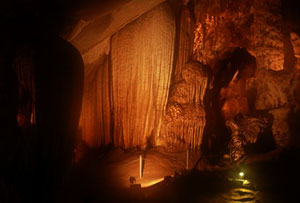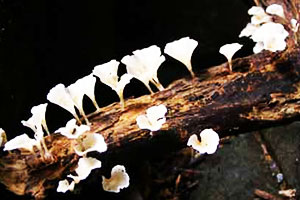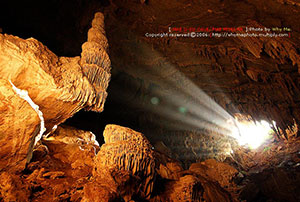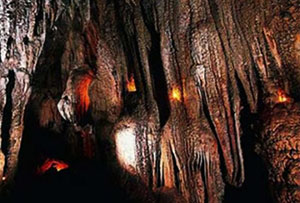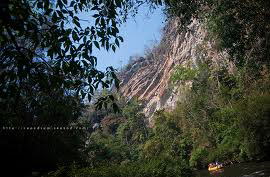| Keyword (Advance) |
 Region
Region
 Nature and Wildlife
Nature and Wildlife
 Caves(5)
Caves(5)
|
 Caves | ||||
A cave or cavern is a hollow place in the ground, especially natural underground space large enough for a human to enter. Caves form naturally by the weathering of rock and often extend deep underground. The word "cave" can also refer to much smaller openings such as sea caves, rock shelters, and grottos. Speleology is the science of exploration and study of all aspects of caves and the cave environment. Visiting or exploring caves for recreation may be called caving, potholing, or spelunking. The formation and development of caves is known as speleogenesis. Caves are formed by various geologic processes and can be variable sizes. These may involve a combination of chemical processes, erosion from water, tectonic forces, microorganisms, pressure, and atmospheric influences. It is estimated that the maximum depth of the cave can not be more than 3,000 metres (9,800 ft) due to the pressure of overlying rocks. For karst caves the maximum depth is determined on the basis of the lower limit of karst forming processes, coinciding with the base of the soluble carbonate rocks. Most caves are formed in limestone by dissolution. | ||||

